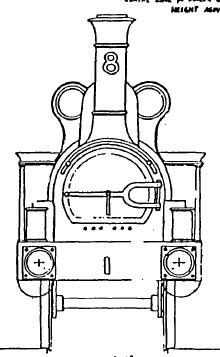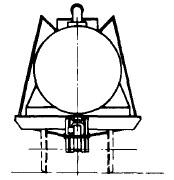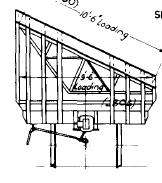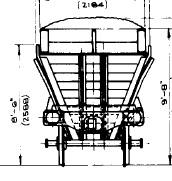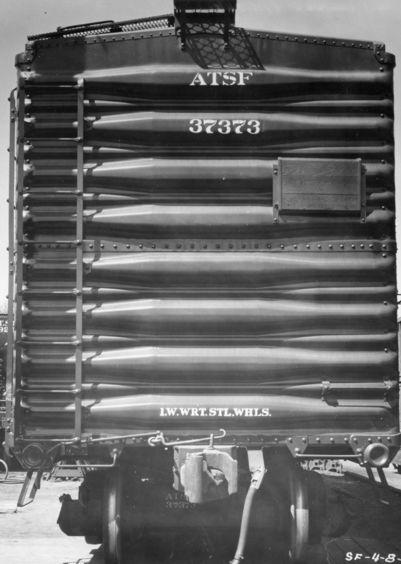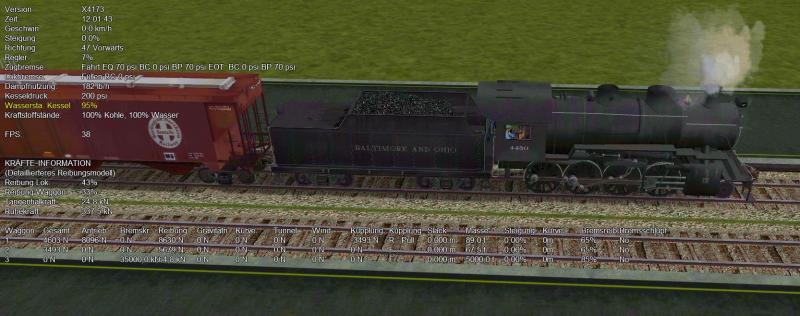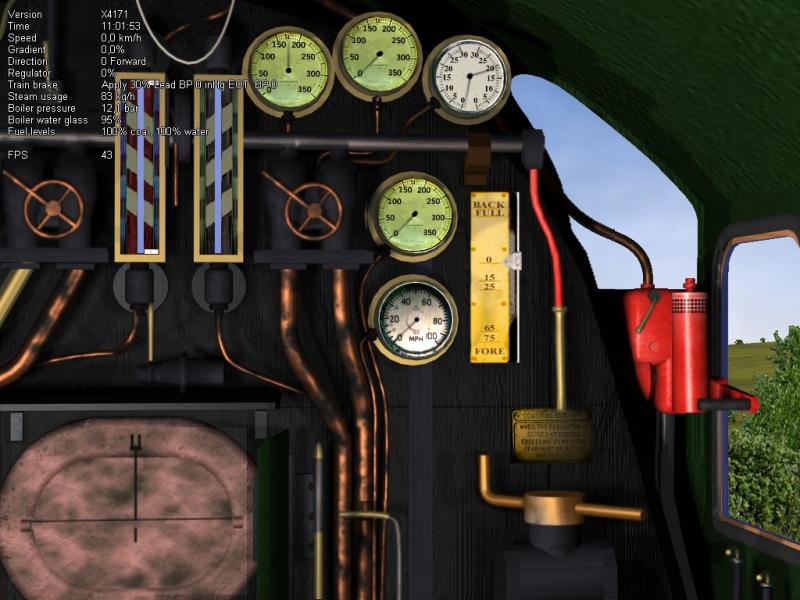 steamer_ctn, on 09 August 2018 - 02:41 PM, said:
steamer_ctn, on 09 August 2018 - 02:41 PM, said:
Actual Size represents the bounding box so any inconsequential protrusion, such as an old style vertical brake wheel would greatly expand the area.
 steamer_ctn, on 09 August 2018 - 02:41 PM, said:
steamer_ctn, on 09 August 2018 - 02:41 PM, said:
For example the standard Davis equations suggest the frontal area might look like the shape shown in the attached picture. Similarly a steam locomotive may have a predominantly round profile.
The area parameter allows more flexibility in the calculation of complex shapes, which just using a width x height will not allow.
As a clarity note for the other discussions on UoM, the parameter can be in either standard metric or imperial area measures, provided the UoM are specified.
Ok... understood. A counter proposal then: Add these fields:
- BodyWidth ( ) a.k.a. MaxWidth
- BodyHeight ( ) a.k.a. Height to Eaves
- MaxHeight ( )
- WidthAtMaxHeight ( )
- RailToSideSill ( )
- WidthOfTrucks ( )
and compute this:
FrontalArea = (RailToSideSill * WidthOfTrucks) + (BodyWidth * BodyHeight) + (((WidthAtMaxHeight/2) * (MaxHeight - BodyHeight)) + (((MaxWidth/2) - (WidthAtMaxHeight/2) * (MaxHeight - BodyHeight)) * 2))
In simple English that's area of the trucks plus area of the car body plus area under the running board/fans/clerestory plus area from car side to the previous point I described. If the computation of the roof profile is insufficient then a bit of rethinking on what to call another parameter to describe the side to vertical protrusion will tighten it up nicely.
That's what is needed to get a reasonably accurate frontal profile for Davis. Any 3d modeller can do the measurements in his software and fill in the blanks. It gets OR that much closer to calculating Davis A, b, and C for the end user, it gives you exactly what you want, and it relieves everyone from having to do what you yourself describe as an obstacle: a willingness to do the maths. And if you look at that formula for long enough you'll want to be using a spreadsheet to compute it. IMO that is asking too much -- and that is also what you need to do in order to get the right value out of fcalc.
Common guys, give us end users a break -- that is a lot of work; computers are really good at doing that sort of work.
\
Just to be clear Peter, I'm not trying to discourage or dismiss your objective as described, it's fine. I'm trying to leverage the opportunity it represents to nudge the OR software towards also doing the right thing WRT Davis.

 Log In
Log In Register Now!
Register Now! Help
Help






